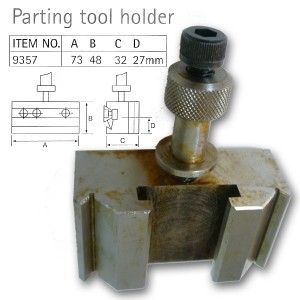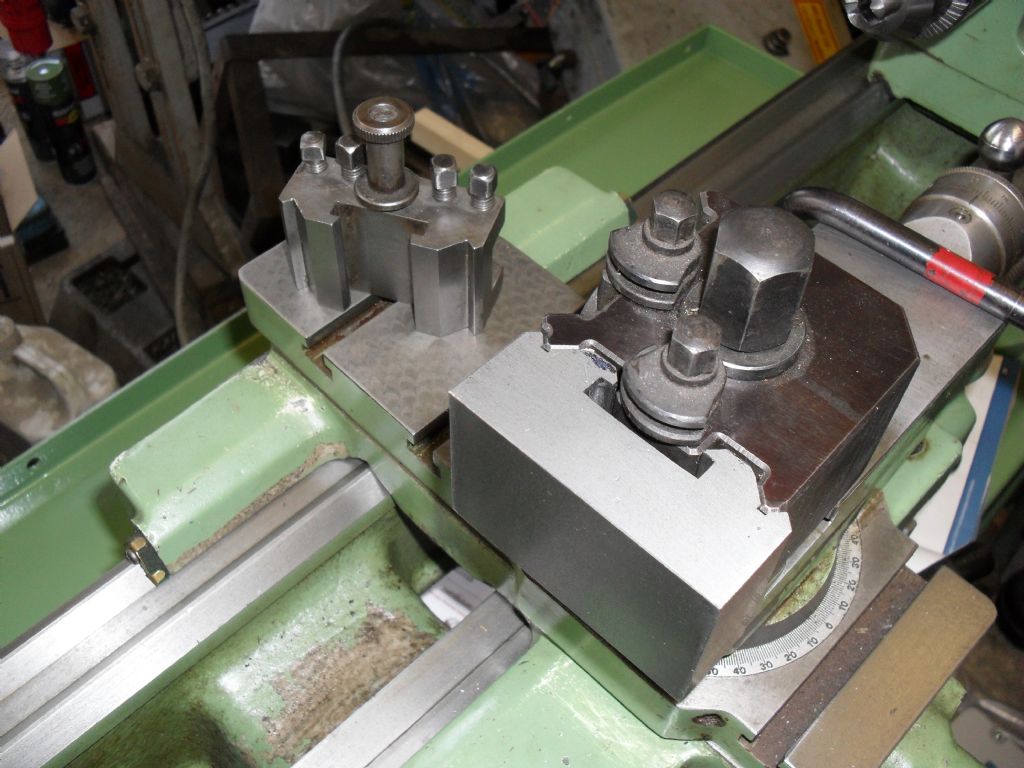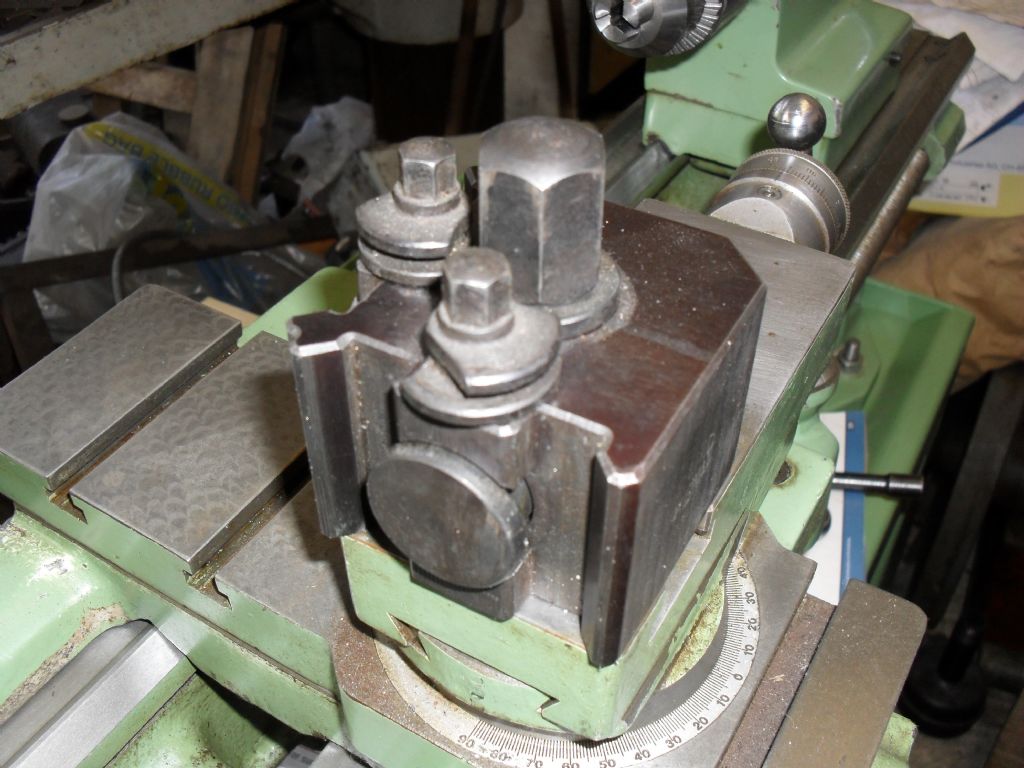Whatever the system perfect mating is impossible without zero tolerances and absolute accuracy. Provided the tips of the Vees don't interfere, adequate stability from the Dickson system with random parts requires only that the Vees are parallel and side angle tolerances of opposite hand on the male and female parts. Obviously manufacture of the Vees has to be pretty precise but the tolerances needed are not unreasonable. Easiest to visualise if you consider the male Vee on the toolpost being toleranced on the smaller side of nominal whilst the females are toleranced wider. Imperfect angle match gives line contact rather than whole area but contact it will. The absolute magnitude of the relative varaitions from nominal simply cause the holder to sit either a little closer to or a little further away from the post centre. Small variations in Vee spacing don't matter either as this simply defines whether the line contacts are on the outside or inside of the male Vees. The bed and saddle of the common, Stark type, precision bench lathe exploits exactly the same principle albeit using only the outside of the male Vee and inside of the female one.
The really important thing is that the two Vees on each component be mutually parallel to each other. Something easily achieved by simutaneous finish grinding.
A bit of maths will show that tolerances on the internal face of the Tee slot don't have to be unreasonably tight by the standards of half decent grinding practice. Witness that there is essentially never any problem with professional market clones. I've yet to see a post – toolholder pair of random makes that fail to mate. The problem with amateur market clones is that the makers can't be bothered to do things right "customer paid, passed QC". That said the mating face of the Tee slot is where all the other tolerances build up so a certain amount of care and understanding of the design when setting the nominal dimension is needed. Blind copying of a sample will lead to trouble.
Although a Dickson like toolpost could be made with only single side male – female parts, like a precision bench lathe bed, there are advantages to the two Vee layout. As SouthBend well knew. In the tool post context the advantages are mostly concerned with being better able to cope with contaminated surfaces and improperly cleared swarf which can reduce line contacts to points. That said the Dickson isn't particularily tolerant of swarf. If properly made and kept clean, inside too, the grip is more than adequate and it won't come loose. If there were any real arguments against it the Dickson desing would not have become so widely used. Fact is the Dickson price performance ratio has always been about the best of any of the professional units. I'll bet that the profit margin for the makers was always very good too as its relatively easy to make if the factory is set up properly.
Clive.
Edited By Clive Foster on 15/07/2016 23:54:46
Edited By Clive Foster on 15/07/2016 23:56:22
thaiguzzi.







